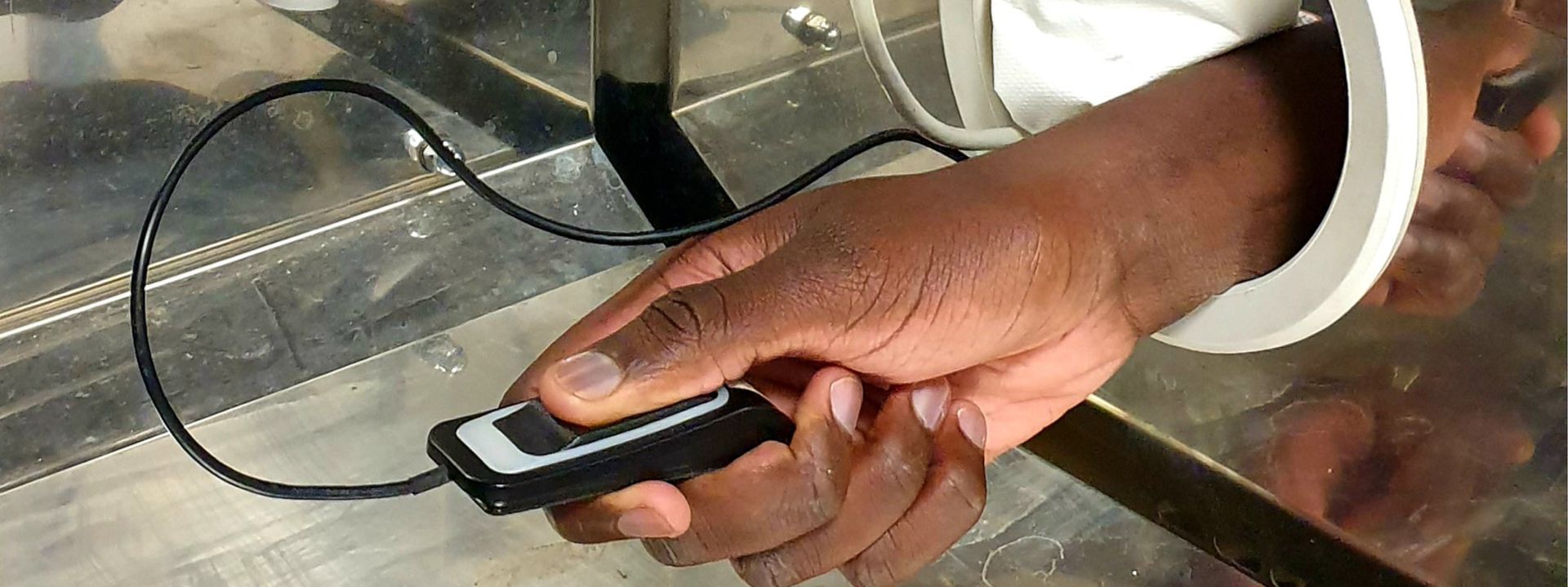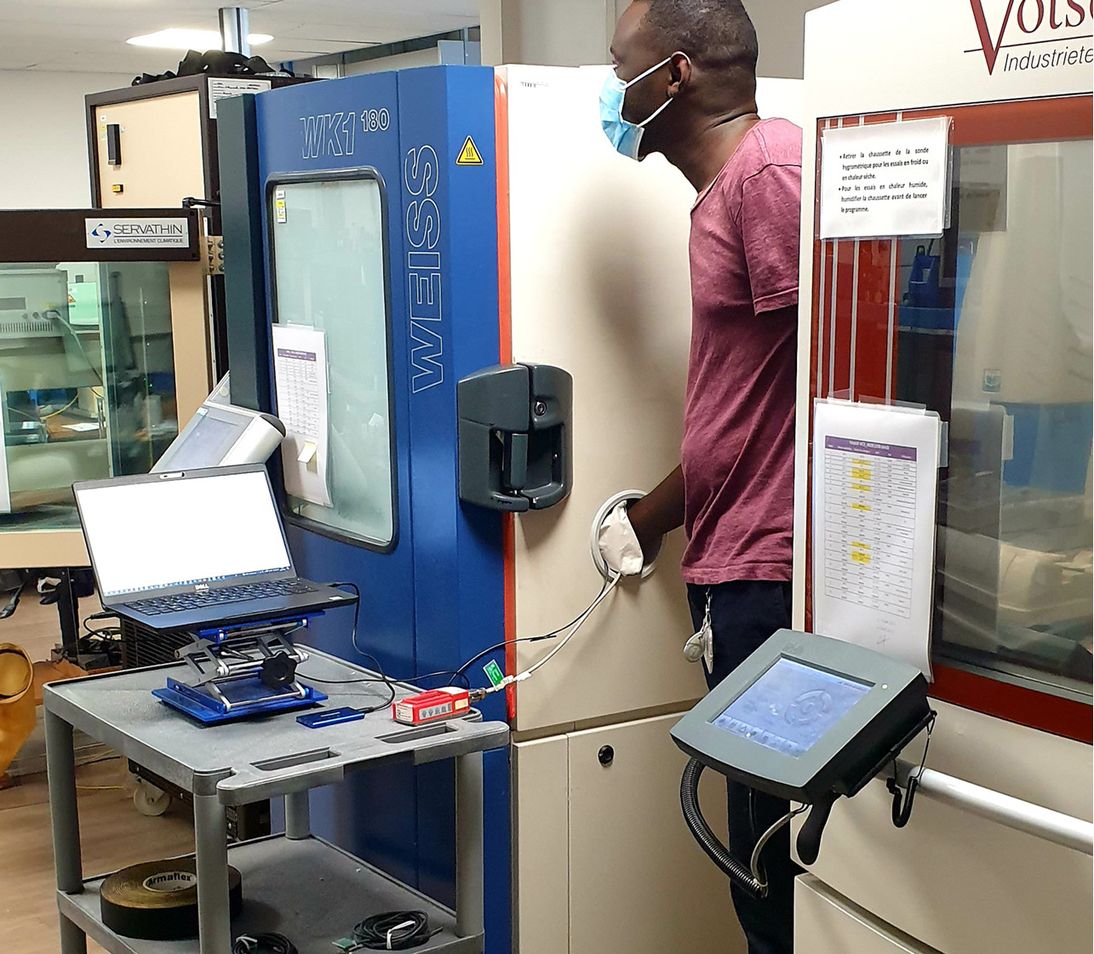User adoption of biometric authentication has accelerated in recent years, yet some users are still cautious. Fime is exploring ways to innovate on biometric evaluation to help solution providers to launch reliable and high-performance products. In this interview, Stéphanie Pietri, Communications Director at Fime, speaks to Joël and Abdarahmane about their scientific paper to learn more on the impact of environmental conditions on fingerprint systems performance.
Stéphanie Pietri: What is biometric authentication?
Joël Di Manno: Biometric authentication solutions utilize a person’s physical or behavioral characteristics, such as their fingerprint, face, or keystroke dynamics to verify their identity. Using biometric characteristics to authenticate someone provides a high level of security because of these traits are unique to that person. It also provides a good user experience, as there is no need to remember long passwords. This can provide consumers with easier routes to make a payment or access a service.
However, the adaptability of biometric solutions can present challenges, as different conditions have the potential to increase false acceptance or rejection rates. This means that there is the potential for security to be compromised if non-genuine users can be verified, or the user experience will be impacted if genuine users cannot.
SP: What type of environmental conditions can influence biometric authentication?
Abdarahmane Wone: One of the challenges of biometric solutions is that environmental conditions can alter their performance. For example, if someone is using a facial recognition solution, changes in lighting or the background can influence its performance. Similarly, fingerprint systems can be affected when environmental conditions like temperature and humidity change, because the texture of fingerprints alter accordingly. This change can mean that the fingerprint does not match the reference fingerprint that was recorded during enrolment and therefore is not verified.
These environmental changes impact the performance, security, user experience and the trust of biometric systems. It is also important to note that not all biometric systems are impacted in a similar way. However, while we know that there is an impact, very little research has been done to assess the performance of biometric systems in different climatic environments.
SP: What did Fime do?
AW: To find out more about these impacts, Fime undertook some research to understand how humidity and temperature changes affect the performance of fingerprint systems. We tested the performance of three different third-party fingerprint authentication matchers in different climatic conditions. The aim was to see how accurate the algorithms were at matching the fingerprint samples taken during enrolment. The performance of the biometric systems was evaluated in six different conditions made up of a combination of two different temperatures and three different humidity environments. The different humidity and temperature environments were created using climatic chambers. After signing consent forms regarding European GDPR regulation, more than one thousand fingerprint images were collected from 17 volunteers.

SP: And what was is the impact of these environmental factors on biometric authentication?
AW: We observed that all of the algorithms performed better when the environment was less humid. Importantly, we saw that the three algorithms were all impacted differently by temperature and humidity changes, demonstrating that the impact of environmental factors is not consistent across biometric solutions.
Also, the environmental conditions of the enrolment of the fingerprint samples made a difference. The algorithms all performed better when the environmental conditions were the same as those during enrolment of the fingerprint samples. Again, we saw that the three products were all impacted differently when the verification was done in an environment different to the enrolment environment. While two of the products differed less than 1%, the third product differed by 24%. This shows that the product could present high security risks and/or a bad user experience for consumers. This study highlights the importance of a comprehensive enrolment guide for vendors and users, to decrease the impact of environmental conditions as much as possible.
SP: What can be done to mitigate the impact of these conditions on biometric authentication systems?
JDM: Fime has now developed a process and identified parameters to evaluate environmental impact, thanks to the research project. The results of this research demonstrate that environmental conditions can have differing degrees of impact on biometric authentication systems . Therefore, testing the performance of biometric solutions in different environments, including different conditions between enrolment and verification, could prevent real-life issues. Certification schemes could introduce this aspect into their evaluation programs to ensure security in various conditions and decrease variance between different biometric solutions.
Biometric solution vendors can use this evaluation during their own quality assurance processes. By performing testing in this area, they can fine-tune solutions to mitigate the impact of environmental conditions. This will verify that their products can be deployed globally and will perform well in different climates. By taking these factors into consideration, they can enhance the trust, security, performance and user experience of their solutions. This may give them the ability to outperform competitors who are not considering the impact of environmental factors when developing their solutions.
Fime is also assessing the impact of behavioral factors on biometric solutions – stay tuned for our blog next year which will explore this. To learn more about the impact of environmental factors on fingerprint authentication solutions, read Fime’s research paper.
Read other blogs in our biometrics series:

